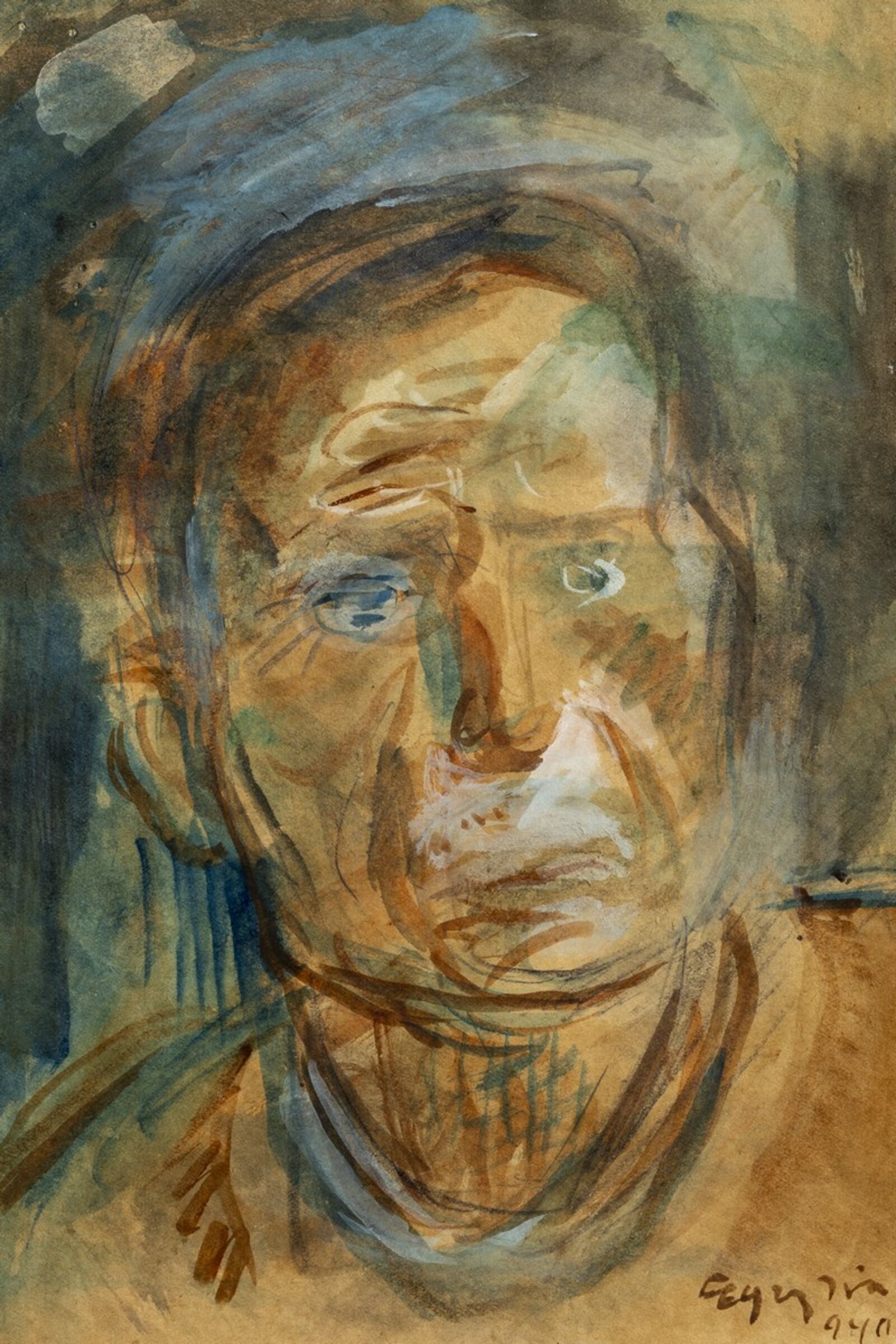Egry 140 – An Out-of-the-Ordinary Exhibition Marks an Extraordinary Anniversary
To this day, József Egry is considered the painter of Lake Balaton, and his name is mainly associated with Badacsony. This year, however, on the 140th anniversary of his birth, the works of this popular painter moved to the Laczkó Dezső Museum in Veszprém. It is a temporary exhibition to show not only how he depicted the lake but also what other locations inspired him. We talked with Anna Sipos, art historian and curator of the exhibition, and Krisztina Dallos, Cultural Project Manager of the VEB2023 European Capital of Culture programme.
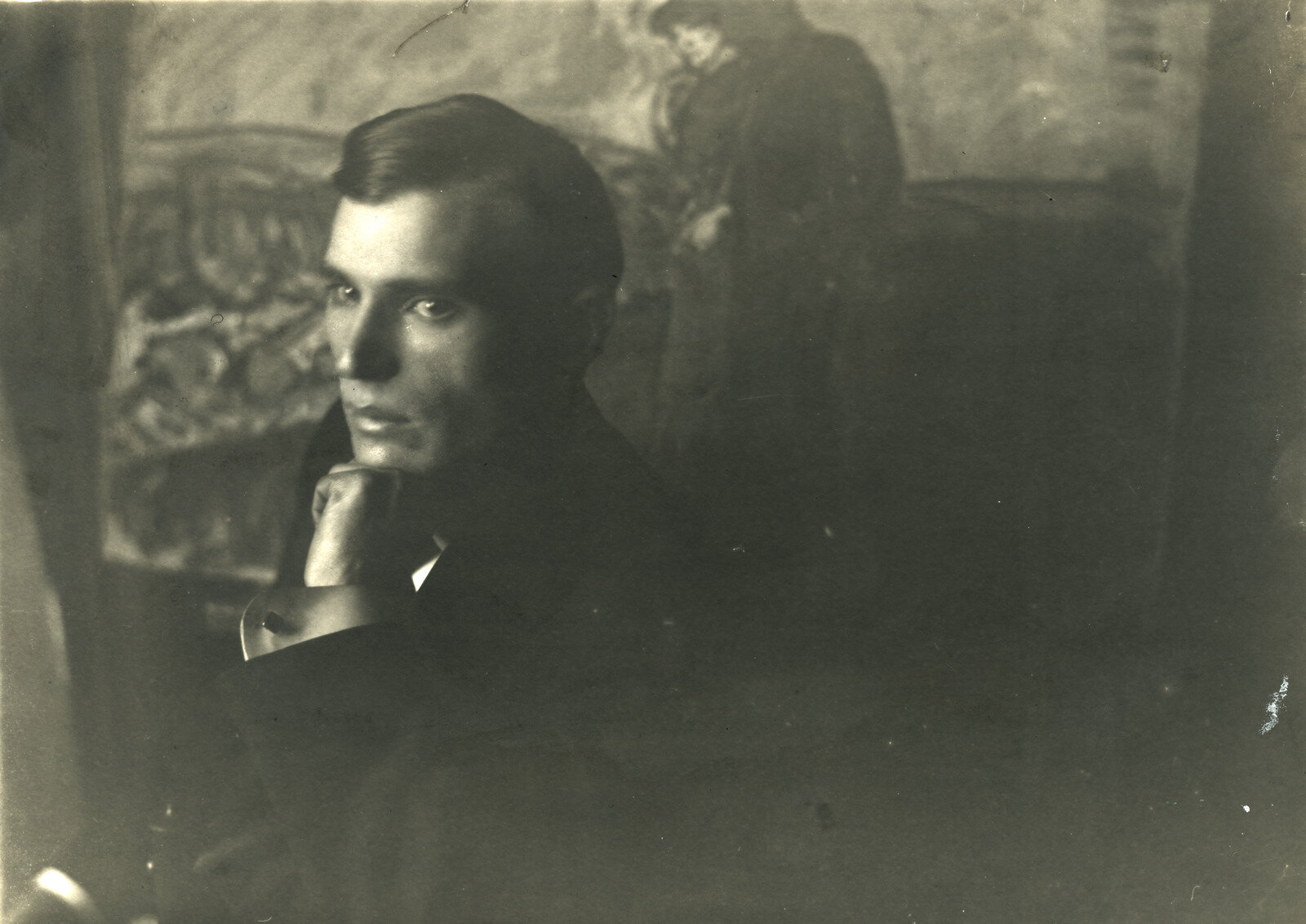
Let us begin with the concept of the exhibition.
Anna Sipos: It will not be a classic retrospective. We will present Egry’s mature art focusing on the period between the two world wars. He came to Lake Balaton after World War I. He first moved to the lakeside in 1919-20. He and his wife first lived in Keszthely, then moved to and settled in Badacsony. His health deteri-orated between the two world wars; he had had problems with his lungs since his childhood; he suffered from tuberculosis. His doctors and patrons suggested he go abroad for medical treatment. He first travelled to southern Italy in the winter of 1929-30 and then to the Riviera in northern Italy in 1938. This exhibition’s concept is to juxtapose the seaside oeuvre from his trips to Italy with his paintings of Lake Balaton.
Krisztina Dallos: Introducing the local artists and the Veszprém-Balaton region as a cultural and creative location through the works of art is an important element of the creative art concept of the VEB2023 ECOC programme. I also need to mention that the House of Arts in Veszprém will, in parallel with the exhibition at the Laczkó Dezső Museum, present a chamber exhibition of József Egry's early works, mainly from his study trips to Paris and Belgium. The idea is that the collections be on show in cooperation with the city's major cultural institutions, all in the VEB2023 ECOC programme series framework. I think there is hardly any person in Hungary who has not heard of Egry. As the European Capital of Culture, however, we want to celebrate this important anniversary by reaching out to other countries on the continent, such as Italy or, in the case of the House of Arts Veszprém, Belgium and France.
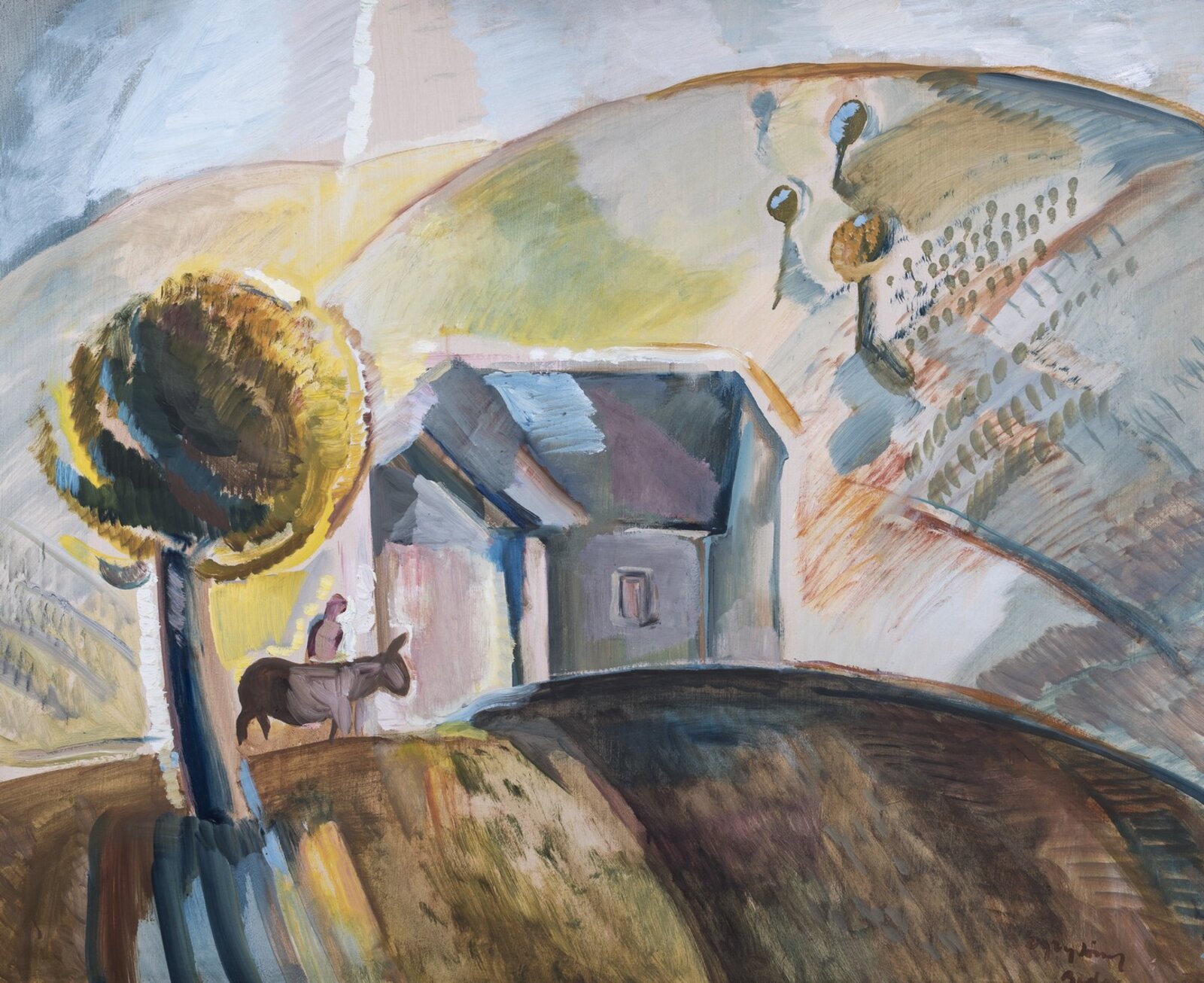
What paintings will we see?
Anna Sipos: Few people probably know that the art collection of the Laczkó Dezső Museum includes al-most 50 Egry paintings. Among them are significant works such as ‘St. Christopher at Lake Balaton’ or ‘The Rainbow’. In addition, numerous letters and photos are in the museum’s possession. Regarding the paintings, one difficulty we have encountered is that Egry spent relatively short periods on both his trips to Italy. He did not produce too many canvasses, and most of those immediately went into private collections, so we need to rent them. For this reason, the pictures from Lake Balaton will be the exhibition’s primary focus. However, we will also show some exciting works done in Italy. We are preparing to offer a symbolic number – 140 – of paintings to reflect on the anniversary of the artist's birth.
Krisztina Dallos: Although it will be in Veszprém, the Balaton region will also be represented in the show. This is precisely what the VEB2023 ECOC Reflection Cluster is about; it is not a coincidence that so many artists come to Lake Balaton for inspiration. Through art, we can show the stories and values that have shaped the region over the centuries to a broader audience. Egry's paintings were particularly characteristic in that they depict not only the Balaton landscape but also its people. From fishermen and sailing enthusiasts to ordinary families, characters and regular people, all who were important for him, appear in his works.
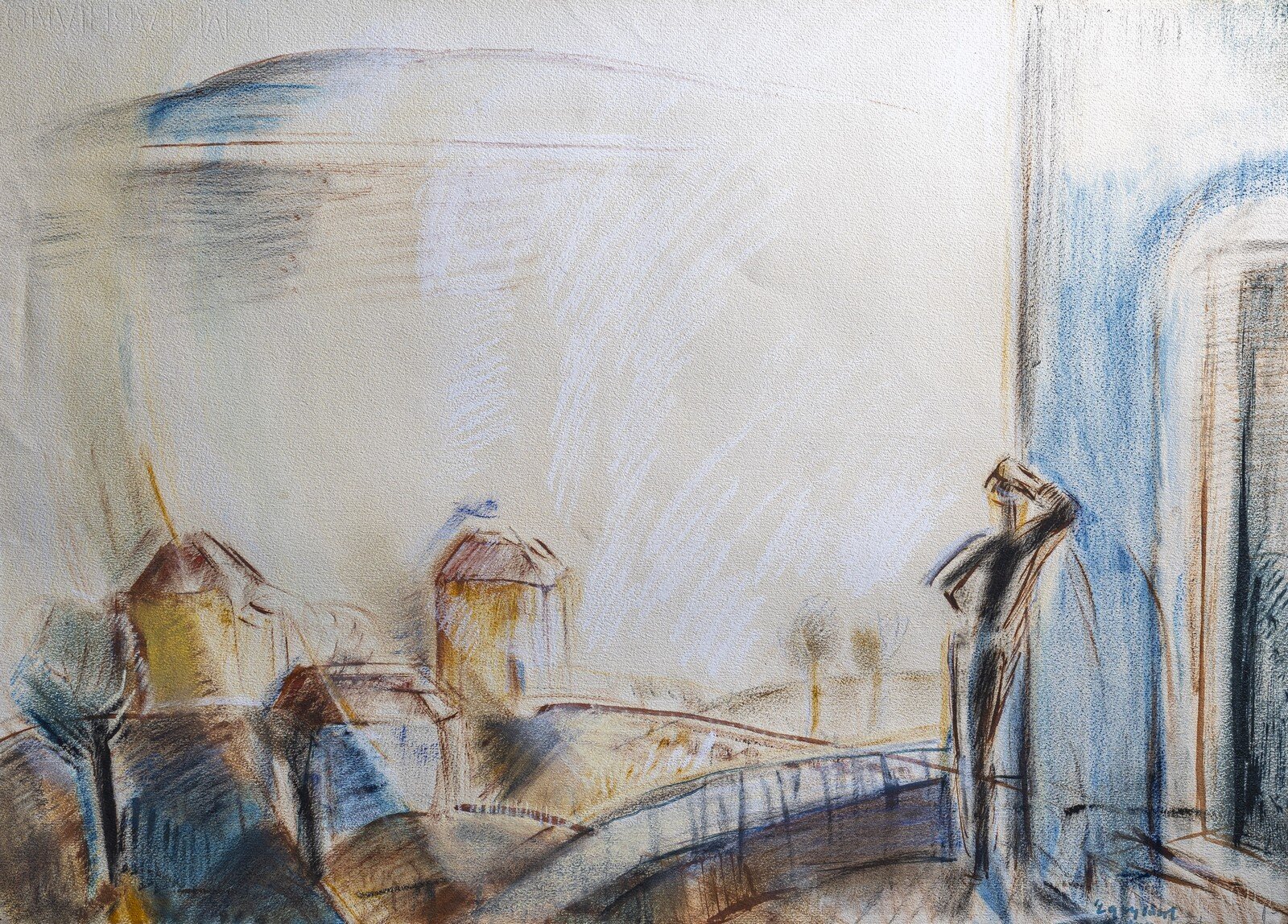
"I do not paint Balaton, but its world", Egry said. When will the exhibition open?
Anna Sipos: The show is open to the public between 24 June and 29 October in the three temporary exhibi-tion rooms on the second floor of the Laczkó Dezső Museum.
What side events are in the plans related to the exhibition at the Museum?
Anna Sipos: We will have a few out-of-the-ordinary accompanying events and programmes. There will be unique guided tours, gastronomy evenings with wine tastings, and experience-oriented educational sessions. The latter means that we are publishing a creative activity booklet, so anyone with young children coming to the exhibition can purchase the booklet and occupy the little ones. We are also planning two interactive pan-els for the show. We intend to create a board game on the display room floor to guide visitors through Egry's life journey. It should be fun and entertaining for children and other young visitors.
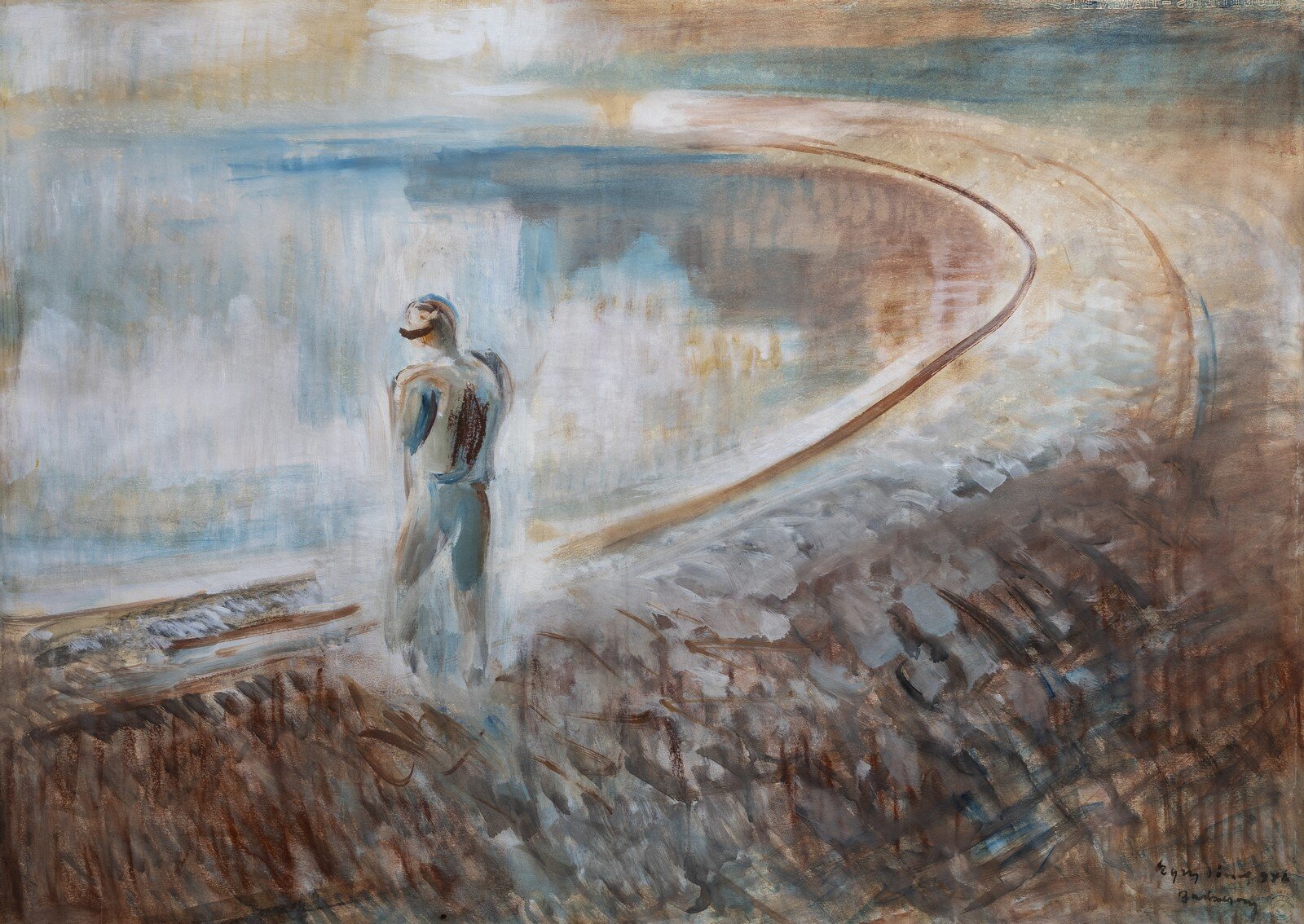
I understand there will also be a guided tour for secondary school children.
Anna Sipos: Indeed. Poet Márton Sipos will also lead a guided tour, and we will organise workshops with the ‘Artist for a Day’ team. During the workshops, groups of 25 participants will have the opportunity to paint, to recreate József Egry’s paintings. It is mainly the high school and university age group that is very difficult to attract to museums. We hope that through such programmes, we can develop a museum-going audience.
Krisztina Dallos: I want to add, that in compiling the programme, a central consideration was to make it re-gardless of the season. The exhibition will open in the summer and close at the end of October. We want to attract more local people and visitors from further away. To bring more people in, it is essential to have these art events in the region even in autumn or winter, in addition to summer.
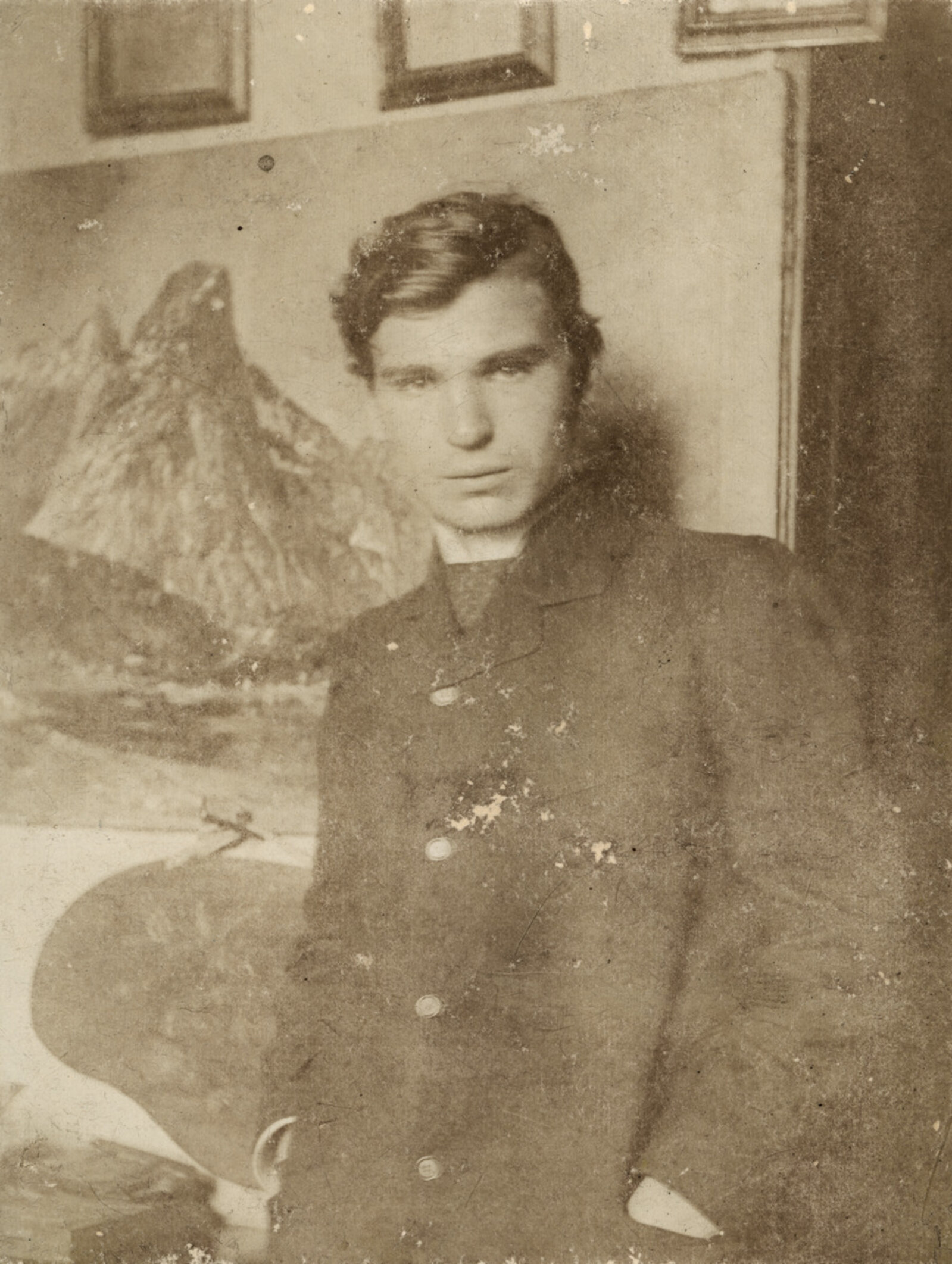
The 140th anniversary of the artist's birth falls on 15 March. Are you also preparing an event for this day?
Anna Sipos: Yes, we will be launching a podcast series on the upcoming exhibition, and in a kind of guerrilla action at the statue of József Egry in the 11th district of Budapest, quotes by the artist will be displayed in a word cloud around the statue to commemorate the anniversary.
